I've been tossing around the ideas for this press in my head for several years now. I have a few letterpress fonts purchased from eBay that I use, usually with a linoleum carving, every year for holiday cards. With my wedding coming up (requiring a few dozen invitation sets), I decided it was time to step up from the C-clamp I've been using as a small rudimentary press, and finally build something more reliable. Over the years, I've spent many hours looking over different press designs and what limited DIY tutorials are available. My end design isn't far removed from the original Gutenberg press, and I even found myself looking back to his original work for inspiration on how to solve some basic problems.
Relief Printing Press
A basic Gutenberg-style printing press for letterpress/relief prints
 techav
techav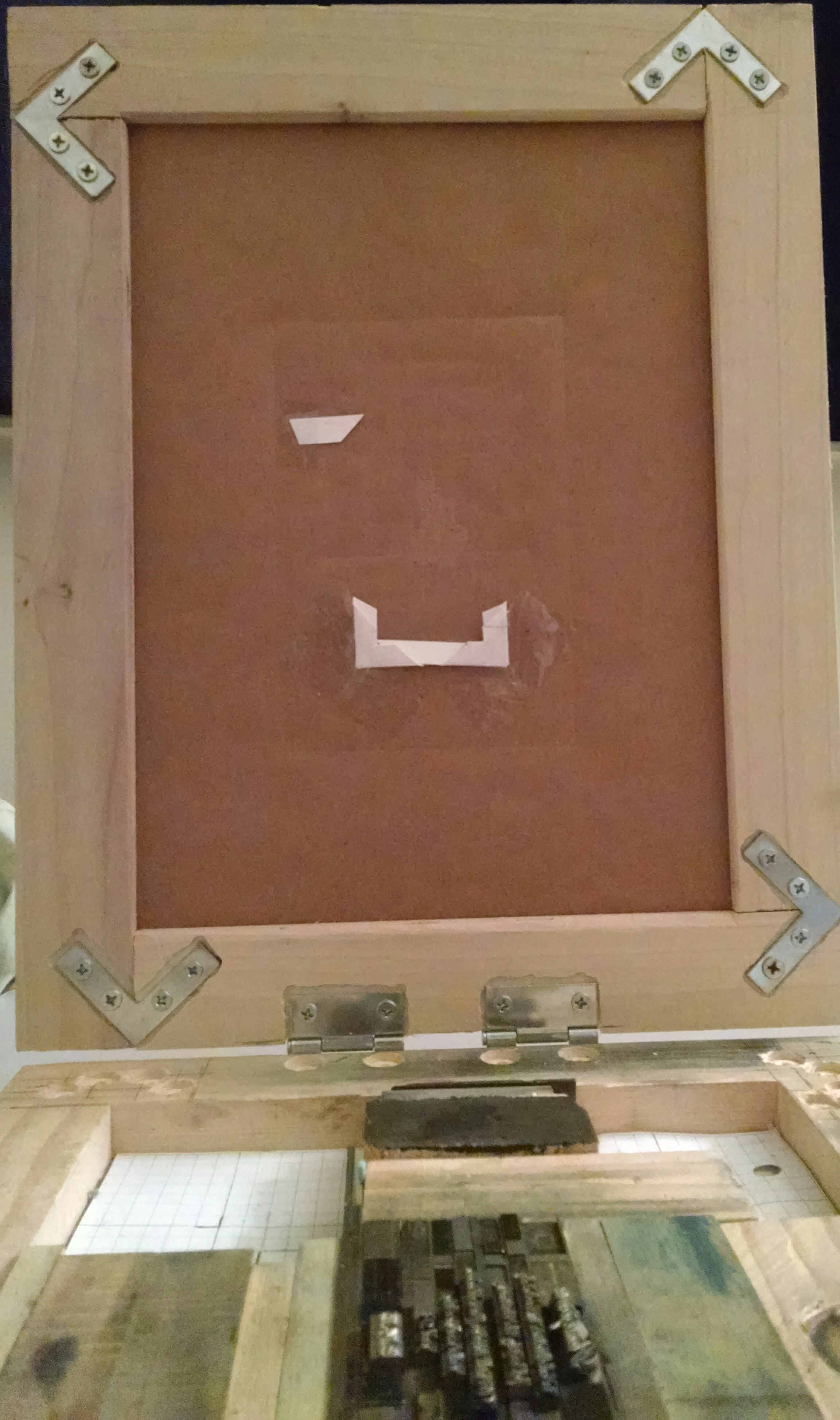
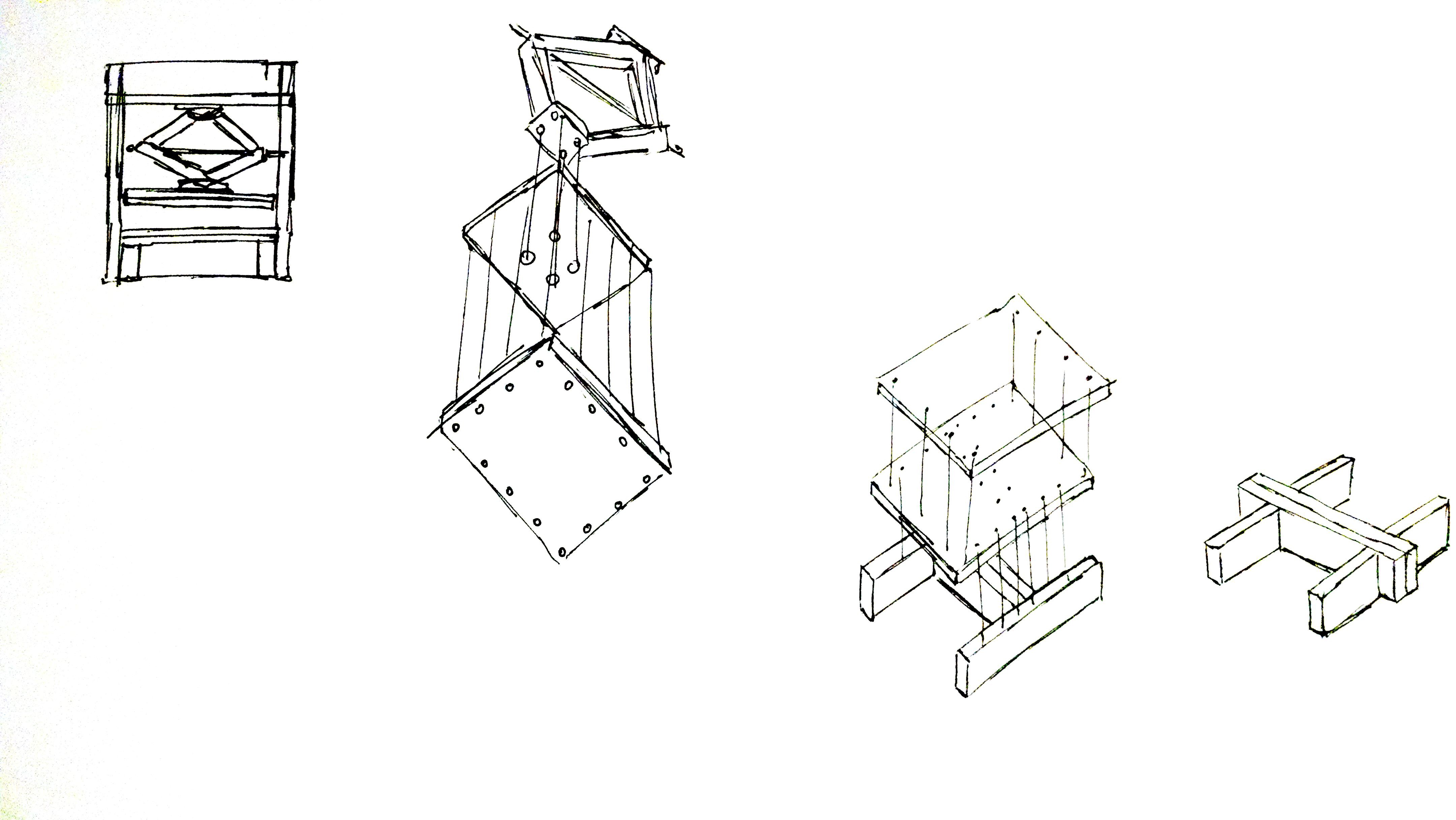
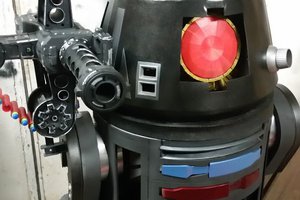
 Kenneth Zaborny
Kenneth Zaborny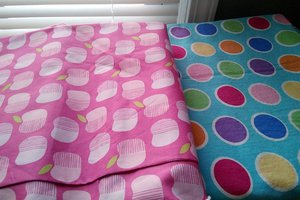
 kristina panos
kristina panos
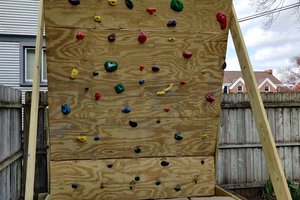
 Pete Hoffswell
Pete Hoffswell